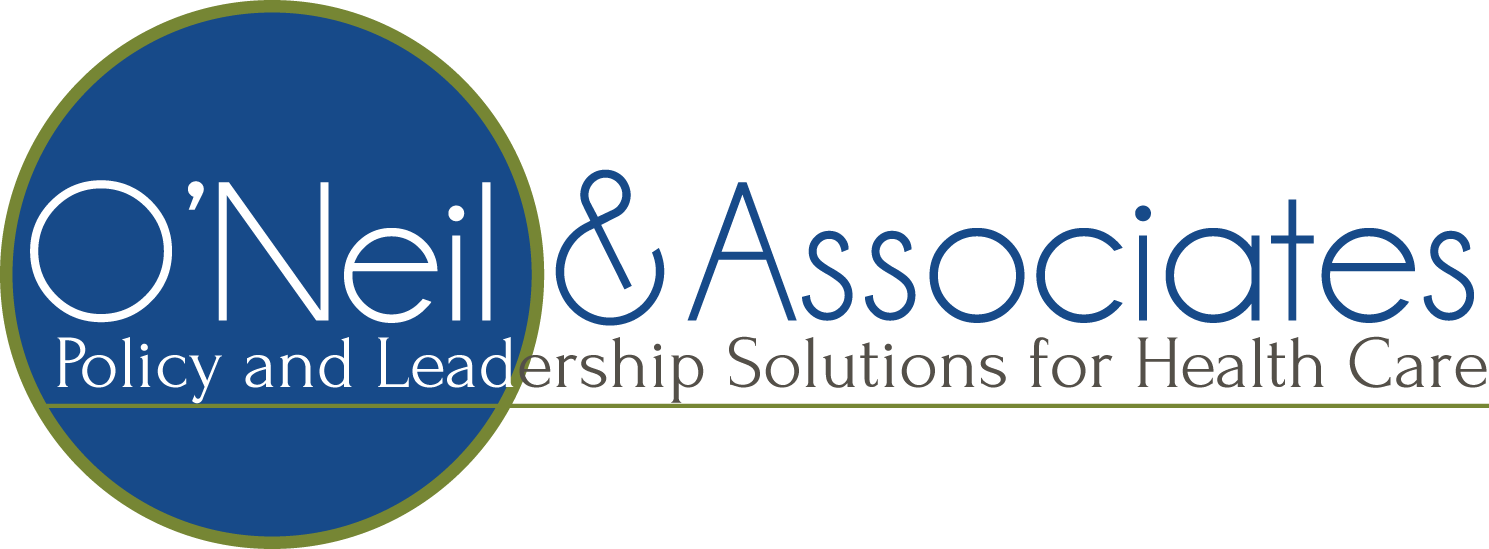It is common these days for efforts to be made to create or offer the “business case” for desired health care reforms. This is an appropriate and much needed measure against creating initiatives because they seem correct or the right thing to do in the moment. Business cases are typically made demonstrating improvement in quality, more effective use of a resource, cost savings, enhancement of the consumer experience or expanded access. The key to making a good business case is demonstrating real and quantifiable outcomes toward a desired future state.
Many of the efforts to diversify the heath professional community in the US are advanced as a means to address the disparity of health outcomes among the nation’s various ethnic populations. The fact that these disparities exist is as ill refutable as it is unsustainable in a culture that sees itself as fair and just. No one should be able to look at the data on the disparities of outcomes and come away with anything but a burning desire to address it in a forthright manner. The under-representation of some populations, particularly African-American and Latino, across every major health profession is also a reality that seems to be resistant to most efforts designed to address it. Increasingly the business case for diversifying the health professional community is tied to the need to address these disparities. The argument goes something like this: a diverse professional population will be more likely to provide culturally competent care, which will lead to a reduction in the disparity of health outcomes. This argument is not the most solid foundation upon which to base our arguments for much needed diversification of the health professionals or a system of care that can address health disparities.
Too often the case for diversification of the health professional community is based on the argument that particular ethnic groups will address the needs of their own particular community. More Latino physicians will mean better medical care for all Latinos. Unfortunately the argument is vulnerable in two critically important areas. First, is the investment in professional care the best way to address the disparity of care? If we had to choose between universal access to services or a more diverse physician community within our current financing system, which one would make a greater material contribution to the well-being of the Latino community? I do not think we know the answer to this question but, as we make a business case for diversity, we need to consider what will actually make a difference in people’s lives. Secondly, the argument for greater diversity of the professional population does seem to be constructed on a premise that professionals from one community will be the provider of care to their own ethnic community. There are, of course, a number of problems with such a position, and basing policy on this assumption will ultimately come back to haunt those that advance it.
I’d like to propose a different path to lead us where we want to go with diversity and cultural competence. First, disparities of health outcomes reflect the nation’s intolerable disproportionate burden of disease, disability and death among particular populations. To address this we need the entire professional community to recognize this driver as critical and acquire the skills and professional commitment to incorporate such a perspective into every dimension of care delivery and disease prevention. If we limit the responsibility to address the disparity of outcome to only those professionals from those groups that are suffering, my suspicion is that we will never have a system that works the way we desire. To achieve this level of commitment, all professional schools must create an environment in which cultural competence becomes ingrained as a core part of the experience, not an add-on to an already crowded curriculum. Such an orientation can only be accomplished if the population of students and faculty resemble all of the populations to be served. This cannot be done with a lecture; it has to be a lived experience. The challenge for education will be to create admission standards, formal educational programs and faculty pathways that can advance this agenda just as vibrantly as the same institutions have advanced their orientation to biomedical research and the development of specialized knowledge.
Such an initiative cannot afford to be a politically correct add-on. To be successful, the research work and educational programs must meet the same high academic and scholarly standards that we impose on all other endeavors in academic health professional schools. We have the means to achieve such goals, but they will only be advanced through steadfast attention and leadership.
